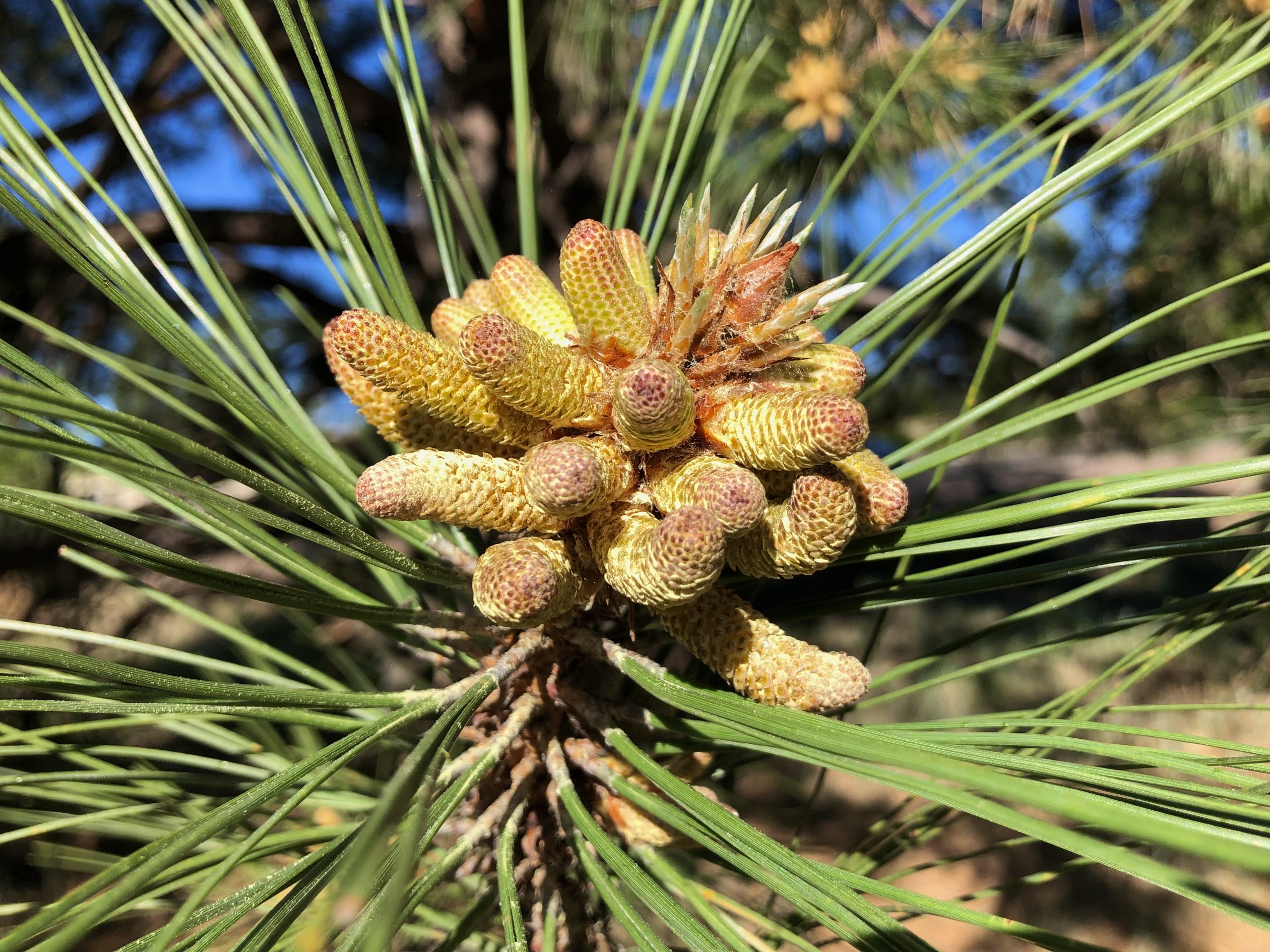”...so I look down at these pinecones laying on the sidewalk outside my apartment in Siena and I say to myself, my god, there is my uranium.
Shawn Skabelund, Installation Artist
This is one of the stories, the moments of serendipity that occur each and every time I go through the creative process of preparing an installation.
In the fall of 2011, my family and I were living on the top-floor of a four-story apartment complex outside the medieval walls of Siena, Italy. I had just come off a three-week artist residency at the South Rim of Grand Canyon where I researched the history of uranium mining within the canyon and inside the park and bound together those investigations with the two contemporary mines at the time, the Kanab North and the Canyon Mine on the South Rim. I had been invited to create an art installation inside the lobby of the Park Headquarters building in the spring of 2012. The piece, The Price of Entrance, required a material that could be used to symbolize uranium – yellow pine pollen.
I spent four months designing my installation and figuring out what materials I would use in its construction. But I didn’t know how to obtain or collect the pollen since spring was long past, and I would need it the following year before the new pollen season began in June. One morning, I walked out of my Siena apartment and there, scattered on the sidewalk, were several pinecones that had fallen to the ground from the towering Mediterranean pines above, the pollen spilling out painting the concrete.
”....there, scattered on the sidewalk, were several pinecones that had fallen to the ground from the towering Mediterranean pines above, the pollen spilling out painting the concrete.
Over the course of the next few days, my daughter and I collected thousands of cones. I dried them out for a few days, and then crushed them between the palms of my hands before sifting the pollen from the scales. I collected nearly a gallon of fine yellow powder. I now had the material I needed for my installation.
This is just one of the many experiences I have had as I prepare for each installation I design. Similar stories of serendipity, hidden and unknown to viewers, are part of the creative process behind each work of my art. Virga: Beneath the Sierra sin Agua, my one-person exhibition at the Coconino Center for the Arts, contains ten new large-scale installations, each with its own creation story. Each piece focuses on the colonial history of manifest destiny within a variety of Arizona landscapes, binding together this place with many of the contemporary ecological, cultural and social-political issues that we face today.
All of the installations use natural materials that I have collected from a variety of landscapes within the state. These materials include charred ponderosa pine trees from the 2005 Schultz Fire collected on the flanks of the San Francisco Peaks; Quetta pine needles from Dead Horse Ranch State Park in Cottonwood, two gallons of ponderosa pine pollen from this past June’s pollen season; hundreds of Century plant sheaves, each cleaned and oiled and dipped in sculpture wax; ponderosa pine pitch, melted down and cleaned and used as a drawing agent; gallons of clay from a historic stock pond; along with other materials I have collected for the past nine years in preparation for this exhibition.
”These landscapes, like the pine forests of northern Arizona, which have become my studio for the past twenty years, are places where I discover and collect materials that become the basis of my work.
The collection of these materials is part of my creative process – what I call “collaborating with place.” Each one also has their own story of serendipity.
Attend Virga: Beneath the Sierra sin Agua to hear more from artist Shawn Skabelund, his inspiration, process of collecting exhibit materials and the relationship between science, art and history conveyed in his installations. The event takes place on Sunday, September 25 at 1 p.m. at the Coconino Center for the Arts.







 Board member, Adam Marsh, and lead paleontologist at Petrified National Forest, works with a team of scientists to uncover an approximately 300 million-year-old fossil skeleton discovered at Canyonlands National Park in Utah (June 2024)
Board member, Adam Marsh, and lead paleontologist at Petrified National Forest, works with a team of scientists to uncover an approximately 300 million-year-old fossil skeleton discovered at Canyonlands National Park in Utah (June 2024)